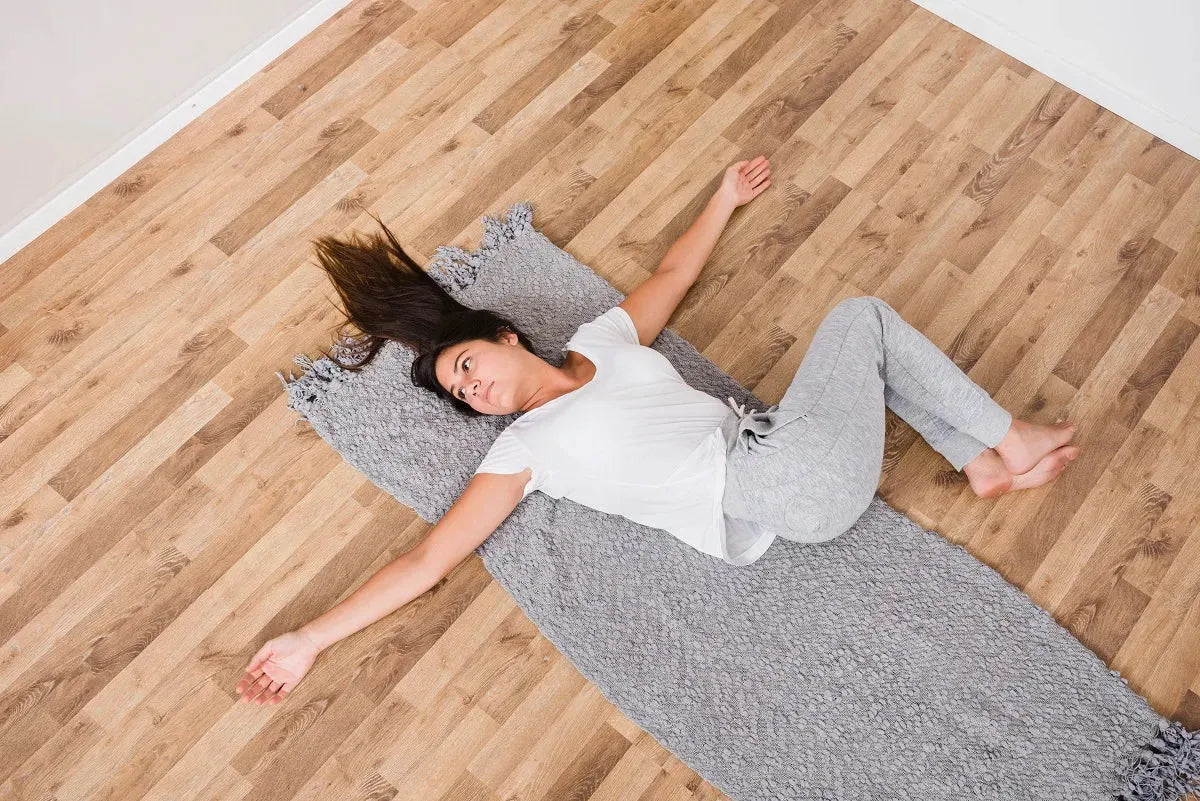Plywood may be used as an underlay for various floor finish surfaces, including engineered floor, solid timber floor and parquet. It is intended to level the surface and prevent deformation of the floor covering, and also improves thermal conductivity and acoustic properties (in other words, it works as temperature and sound barrier). There are also types of plywood that can be used as a finish floor covering. In this article we’ll talk about plywood types suitable for subflooring, finish flooring, and also plywood installation methods.
Classification of Plywood for Flooring
To determine the most suitable plywood for flooring, it is essential to understand how it is classified. Generally, plywood is classified based on:
- Grade – exterior and interior;
- Surface Veneer Grade (European Standard) – E (A), I (B), II (BB), III (CP), IV (C);
- Number of Layers;
- Sheet Size – standard (2440x1220mm) and large-format (3050x1525mm).
The classification by grade and type is crucial when selecting flooring material. Other parameters, such as the number of layers, sheet size, and moisture content, should be considered based on the specific conditions of the room (e.g., moisture level, temperature fluctuations, area, etc.).
Plywood Classification by Grade:
- INTERIOR GLUE – Wood panels with layers bonded with urea-formaldehyde adhesive. Made from lightweight hardwoods (e.g., birch, alder, aspen).
- EXTERIOR GLUE (high moisture resistance) – Panels with veneer layers bonded with phenol-formaldehyde resin. As a rule, plywood is made from hardwoods (e.g., larch, birch, beech, alder).
- FB – Wood-based material impregnated with bakelite* lacquer. Suitable for high moisture areas and places where water might come into contact with the floor.
- BS – Similar to FB, but uses bakelite glue instead of lacquer. Known for excellent moisture resistance.
- BV – Bakelite plywood bonded with water-soluble bakelite solution. Offers maximum strength but low moisture resistance.
Plywood Classification by Type:
- E – High-quality material with no visible face defects.
- I – May have healthy pin knots up to 2.5mm, but no more than three per m².
- II – Minor discolouration and timber plugs of oval or butterfly shape (grain-matched and colour-matched) are allowed up to eight per m². Used for furniture carcasses and finishing surfaces in industrial design and rustic interiors. May be used for pressing laminates and/or veneers.
- III – May contain healthy adhering knots, knot holes and cracks are repaired and filled with putty. Discolouration of the high contrast is allowed. Suitable for pressing laminate and veneer jobs.
- IV – Unlimited defects of the outer plies including stains, open knots and cracks, glue stains. Used for structural applications where appearance is not important, flooring and parquet underlay.
Which Plywood is Best for Flooring?
For residential spaces, it is advisable to choose materials of grades III (CP) or IV(C) for flooring base (parquet and solid timber floor).
Considering the above, the suitable plywood for flooring is:
- For subflooring – INT or EXT grades CP or C and thickness of 12-18 mm.
- For finish flooring – INT or EXT grades CP or C with a thickness of 9 and more mm.
- For non-residential spaces, including those with relatively high humidity – EXT.
- For residential rooms – INT.
Subfloor Installation
Using plywood as a base for subsequent finish flooring is the most common use of wood panels. There are a few installation options:
- On a concrete screed: Plywood is installed on a level concrete screed using an adhesive. Ensure the plywood thickness is appropriate—12 mm (10 mm is acceptable) and include expansion joints with a minimum gap of 3-4 mm between sheets and between the sheet and the wall. For parquet with a thickness of 16 mm, 10 mm thick plywood is sufficient; for thicker parquet (17-20 mm), use at least 12 mm plywood; for large-format parquet, use no less than 15 mm plywood.
- On joists or beams: Sheets are laid on prepared joists or beams. This is a labour-intensive process requiring experience and is used when the base floor needs to be raised or when insulating. The minimum thickness of the material should be calculated based on the distance between joists.
- Sprung floor: Plywood is installed on a level concrete screed using springs or special foam boxes.
Surface Leveling
In some cases, the wooden finish floor retains its functional properties, but the appearance of the floorboard may be unsatisfactory. In such cases, a roll floor covering (e.g., linoleum) can be laid on top with an intermediate layer of plywood. The process includes:
- Sanding the surface to remove unevenness.
- Filling gaps and cracks with putty.
- Laying the final layer.
Finish Flooring
Raw and film-faced plywood can be used as finishing flooring surface. Raw plywood can be tricky to use due to small thickness of the outer plies, normally 0.3-1.4mm. It is recommended to use laminated plywood with high-ware resistant and non-slip surfaces such as Hexa Plus Plywood, Hexa Plywood, Wire Mesh plywood etc.
Recommended thicknesses: depending on the substrate all thicknesses starting from 9mm.
After installation, raw plywood surface can be treated with stain or parquet varnish.
* Bakelite varnishes are employed for coating various surfaces, primarily to protect equipment from aggressive liquids. These varnishes are also used for painting fuel tanks and as binding agents in laminated plastics. In contrast to many other options, Bakelite varnish is suitable for both impregnating and bonding parts made from highly adhesive materials. Bakelite varnish is a solution of formaldehyde resin dissolved in alcohol. It is used for bonding materials such as Bakelite, textolite, wood, and plastics in various combinations, and is also utilised for impregnating the windings of power transformers.

